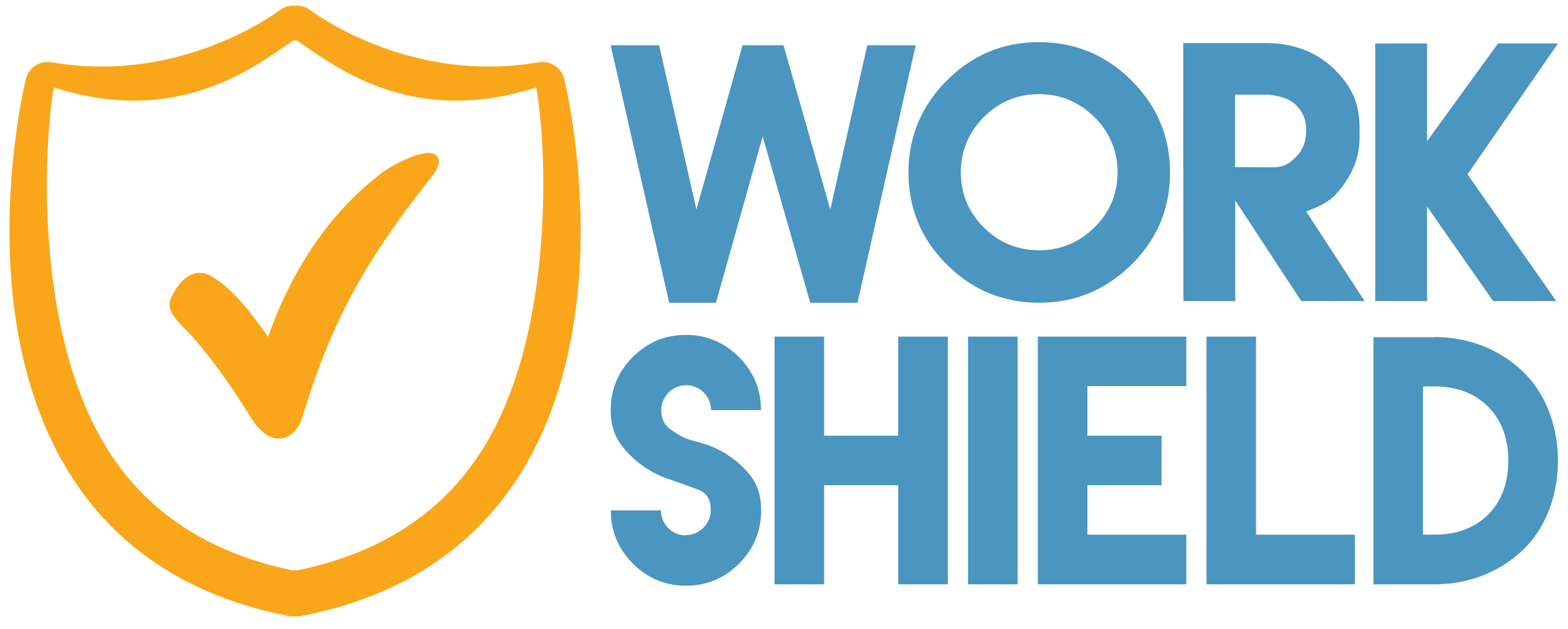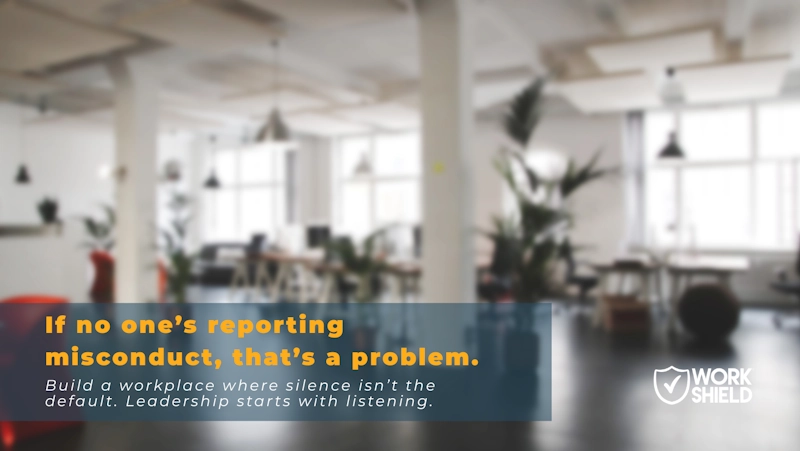Your organization’s risk management strategy is only as strong as your weakest link. One of the most overlooked and critical elements to an effective strategy are third-party HR investigations. Internal investigations often falter under scrutiny, creating avoidable liability for even the most well-intentioned employers. Integrating neutral third-party investigations into your broader strategy is no longer “nice to have”; it’s a cornerstone of modern workplace risk mitigation.
Are Your Internal Investigations a Liability?
Despite best intentions, internal HR teams often lack the structure required to conduct truly unbiased workplace investigations. From perceived favoritism and prolonged timelines, the potential risks can stack up fast.
According to the recent 2024 U.S. Equal Employment Opportunity Commission Report (EEOC), retaliation remains the most frequently cited complaint. A poorly handled internal investigation doesn’t just increase risk; it could create new legal exposure.
Other common pitfalls of internal workplace investigations may include:
- Implicit bias or conflicts of interest: When the person leading the investigation has prior relationships, preconceived notions, or unconscious bias toward one or more parties, findings can skew unintentionally. For example, a long‑tenured manager might downplay credible complaints against a high‑performing sales rep they have mentored for years, creating resentment among other employees.
- Inadequate documentation or inconsistent processes: Missing interview notes, unclear timelines, or differing standards between investigations make it hard to defend decisions if challenged. Imagine trying to explain to an attorney or the EEOC why one complaint was investigated within 10 days while a similar one sat untouched for three weeks with no written rationale.
- Employees’ perception of unfairness erodes trust and retention: Even if the process was thorough, if employees believe it was biased, incomplete, or opaque, trust collapses. For example, if an organization closes an investigation with “no finding” but provides little explanation of how it reached that conclusion, employees may feel unsafe and disengage from the workplace.
The bottom line is if your internal investigation process can’t stand up to legal scrutiny, it’s considered a liability, not a safeguard.
Assess Your Risk Management Processes
Mid-year is the ideal time for organizations to conduct a full risk assessment of their current workplace investigation protocols. The following questions are a good starting point, but they also need practical follow-through.
- Can your current investigation process hold up under legal scrutiny or EEOC review?
Do a mock audit of a recent closed investigation. Review the documentation as if they were preparing for litigation. Ask them to identify gaps in timelines, documentation, witness statements, and communication with involved parties. If any piece of the file could be challenged in court or during an EEOC review, it’s time to update your protocols.
- Are your internal investigators ever too close to the situation or the people involved?
Map relationships before assigning an investigator. Anyone with a reporting relationship, friendship, past conflict, or strong opinion about the involved parties should be disqualified from leading the investigation. If your bench of trained, impartial investigators is too small, consider cross‑departmental assignments, rotating internal investigators, or using a third‑party provider for sensitive investigations.
- How would your employees rate the fairness and transparency of your process today?
Survey employees after closing the loop on investigations to gauge perceptions of fairness, timeliness, and clarity. Ask whether they felt heard, whether they understood the process, and whether they believe the resolution was handled appropriately. If trust scores are low, introduce process transparency measures, such as sharing investigation steps in plain language or providing the status during the investigation.
Risk mitigation requires more than asking tough questions. It demands disciplined audits, unbiased investigator assignments, and proactive trust‑building with employees. Leaders who treat investigation protocols as living, evolving safeguards rather than static policies protect both their organizations and their people.
Neutral Third-Party Investigations
A neutral third-party investigation brings the objectivity and independence that internal investigations often cannot, a crucial component to effective risk mitigation. External neutrality builds trust, reduces liability and avoids bias throughout the investigation process.
For example, a large municipality with over 2,500 employees was struggling with workplace misconduct issues across multiple departments. Incident resolution timelines routinely stretched into months, and leadership lacked real-time visibility into trends.
After partnering with Work Shield’s neutral third-party solution:
- Employees could report incidents anytime, anywhere
- Leadership gained access to real-time analytics to pinpoint high-risk areas and allocate resources effectively
- Resolution turnaround time decreased by over 82%
- EEOC claims dropped to zero and settlement fees were eliminated
This isn’t just about compliance. A neutral third-party HR investigation functions as a strategic safeguard, restoring trust in the process, empowering employees to speak up and shielding the organization from escalating legal exposure.
A third-party HR investigation partner isn’t merely best practice; it’s essential to modern risk management to mitigate risk before it becomes a crisis.
Safeguard Your Organization
The stakes are too high to leave your investigation process to chance. Internal efforts, no matter how sincere, can open the door to potential risks that jeopardize employees and your organization.
By integrating third‑party investigations into your risk management strategy, you send a clear signal to employees and leadership that misconduct will be handled with fairness, transparency, and independence. This approach strengthens trust, reduces liability, and safeguards your organization from costly missteps.Let’s talk about how third‑party investigations protect your people and your business.





